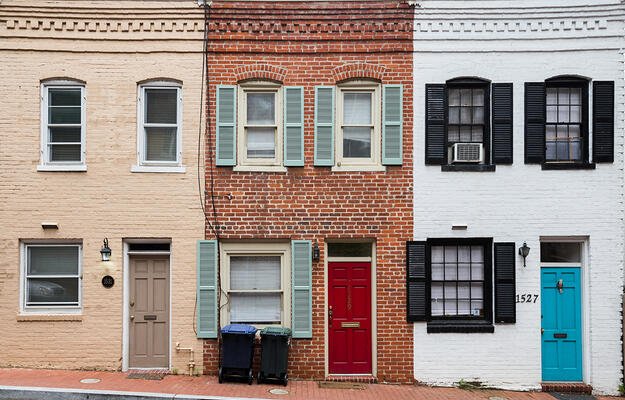
(Burlingham/Shutterstock)
How Does Mortgage Debt Affect Health Care Access?
- Title:
-
Older Adult Out-of-Pocket Pharmaceutical Spending after Home Mortgage Payoff
- Author:
-
Christopher Herbert, Samara Scheckler, Jennifer Molinsky, Kacie Dragan
- Source:
- Publication Date:
-
2021
Many middle-aged and older homeowners struggle to simultaneously afford health care and housing. This is particularly concerning given the rapidly aging population and the increasing share of older owners who carry mortgage debt into retirement. For mortgage holders, housing—which is often the largest budget item for most households—stays the same. Financially constrained older adults may sacrifice their health to pay housing costs. A recent study explores the welfare implications of these housing cost burdens.
To do this, the authors examined the effect of mortgage debt on health care utilization by middle-age and older homeowners. They analyzed out-of-pocket pharmaceutical spending behavior toward the end of a mortgage payoff to see whether households spend more on health care once their housing payments are lower. Data came from the Health and Retirement Study, a longitudinal panel study that surveys more than 20,000 Americans ages 50 and older every other year to gather detailed information about health, income, wealth, and housing. The sample included households that reported a mortgage payment between 1996 and 2016 and a subsequent mortgage payoff. After excluding households that experienced a death, divorce, or relocation, they focus on a sample of 1,050 households. The authors then compared these households with a similarly defined group in which the mortgage payment did not change over a four-wave period.
Authors modeled out-of-pocket pharmaceutical spending and controlled for health (the number of chronic conditions per household divided by the number of individuals in the household), mortality, type of insurance, income, wealth, and individual demographics (marital status, race or ethnicity, and number of people in the household). They employed a difference in difference model, comparing those with a change in mortgage payment amount and those without, to analyze changes in out-of-pocket pharmaceutical expenditures.
Key findings
- When households 50 years and older no longer had to pay a mortgage, households spent on average about 25 percent more on out-of-pocket pharmaceuticals than they did before the end of their mortgage compared with the control group. The study found the savings averaged approximately $9 per month, which could amount to an additional prescription.
- Effects were concentrated in households between 50 and 64 years of age who no longer had to pay a mortgage. This group increased out-of-pocket pharmaceutical spending by 50 percent, or $19.75 on average, compared with the control group. There were no significant spending differences for households 65 and older after mortgage end.
- There were no significant differences between households with stable health and households that experienced a new health diagnosis, suggesting changes in health weren’t the main reason for the differences in pharmaceutical spending at the end of the mortgage period.
Policy implications
- Public subsidies like Medicare and the Low-Income Subsidy may allow recipients to spend more on health care by reducing health care costs and lowering prescription premiums.
- Government officials should consider providing public subsidies to aging and older adults to relieve budgetary pressures and allow households to simultaneously meet their health care and housing costs.
- Policymakers should consider developing more subsidies that expand the ability of adults ages 50 and older to afford both housing and health care. For instance, Medicare would cover an additional 40 million adults if the qualification age were extended to 50 years old.


